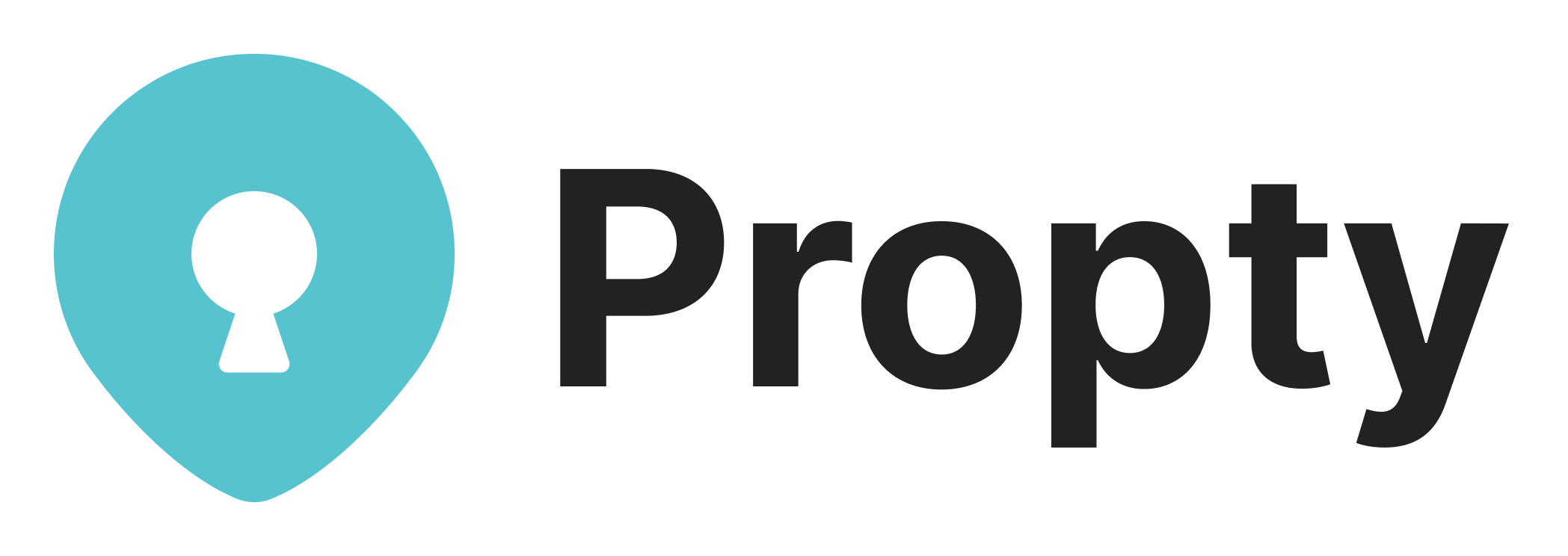In California, homeowners associations (HOAs) play a crucial role in managing community standards...
A Comprehensive Guide to Onboarding New HOA Board Members
Welcoming newly elected HOA board members is a pivotal moment for any homeowners association. These individuals are stepping into roles that are critical for the governance and wellbeing of their communities. Given the complexities involved, a structured onboarding process is essential to ensure these new members are well-equipped to fulfill their duties effectively. This guide offers actionable and digestible advice to help HOA boards streamline the onboarding process, making it both efficient and impactful.
Foundation of Knowledge
Familiarize with Governing Documents: It's paramount for new board members to understand the association's CC&Rs (Covenants, Conditions, & Restrictions), Bylaws, and Policies. These documents outline the scope of their role and the rules that govern the community.
Legal and Financial Responsibilities: Introduce new members to the Davis-Stirling Act and any relevant state laws. Understanding the legal and financial obligations is crucial for making informed decisions that comply with state regulations and protect the community’s interests.
Effective Communication Skills
Promote Active Listening: Encourage new board members to prioritize listening to the concerns and suggestions of the community. Understanding various perspectives will aid in making balanced decisions that benefit the entire community.
Establish Clear Communication Channels: Clear and consistent communication with residents and among board members is vital. Utilize newsletters, email updates, and community meetings to keep everyone informed and engaged.
Financial Management
Budget Mastery: A thorough understanding of the HOA’s budget, reserve funds, and financial planning is essential. New members should be comfortable reading and interpreting financial statements to contribute to sound financial decisions.
Future Financial Planning: Equip new board members with the tools and knowledge to participate in long-term financial planning, ensuring the community’s financial health and stability.
Community Engagement and Conflict Resolution
Encourage Community Participation: A strong community is an engaged one. Facilitate initiatives that get residents involved in community activities and decision-making processes.
Handle Conflicts with Care: Conflicts are inevitable. Training new board members in conflict resolution and the fair application of the association’s rules can prevent disputes from escalating and maintain harmony within the community.
Ongoing Education and Feedback
Stay Informed: Laws and best practices in community management evolve. Encourage continuous education through workshops, seminars, and reading materials to keep board members informed and effective in their roles.
Implement a Feedback System: Constructive feedback is invaluable for growth. Establish a mechanism for board members and residents to offer feedback on governance and community initiatives.
Conclusion
Onboarding new HOA board members with a comprehensive and thoughtful approach ensures they are well-prepared to serve their communities effectively. This guide not only aims to streamline the onboarding process but also to foster a culture of transparency, engagement, and continuous improvement within the association. By investing in the development of new board members, HOAs can look forward to a future of effective governance and vibrant community life.



